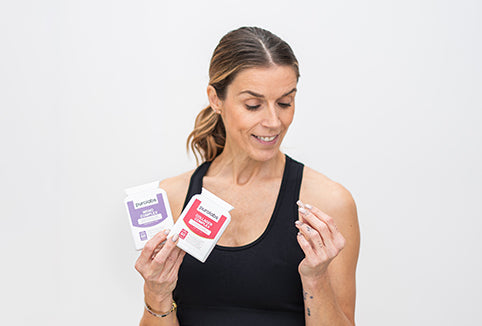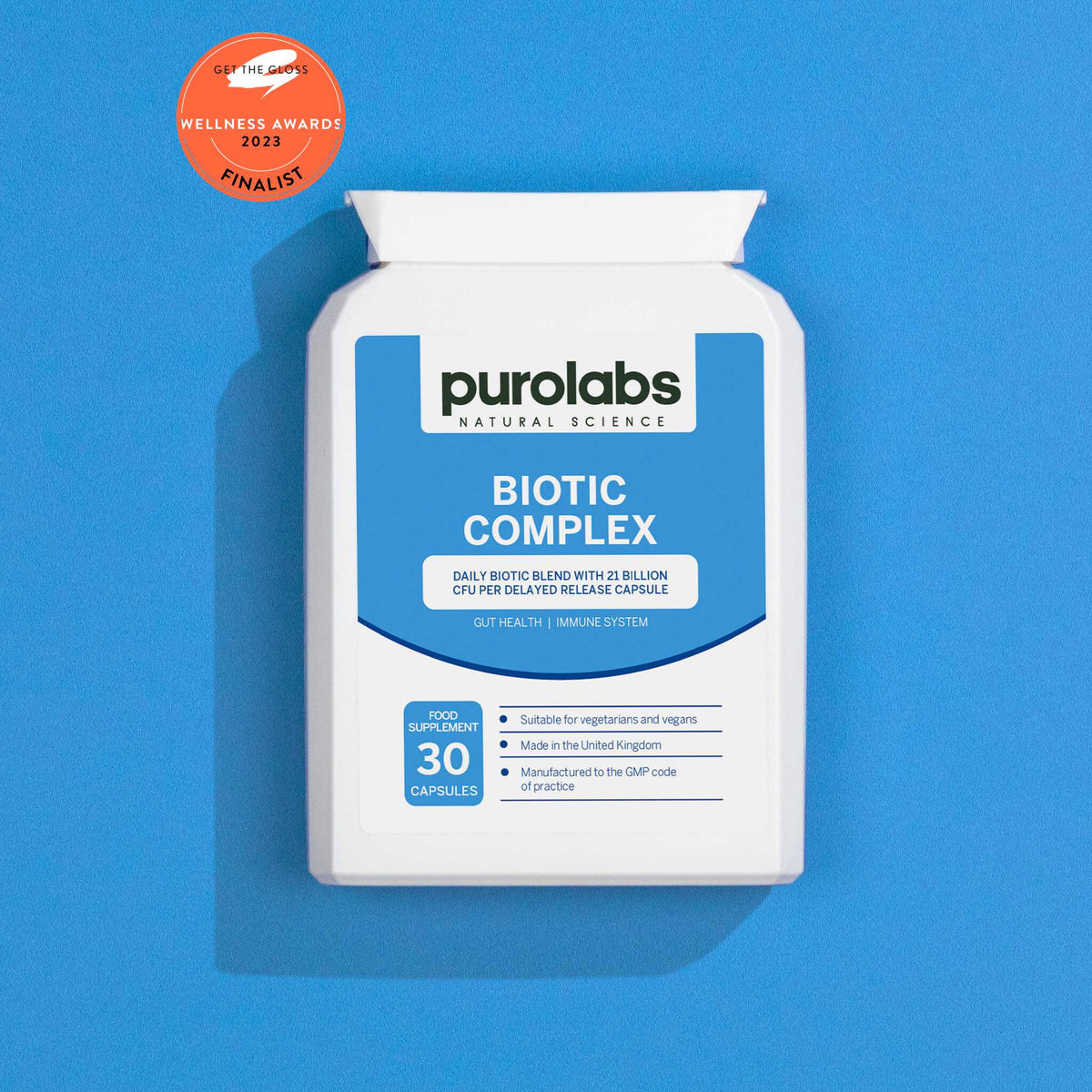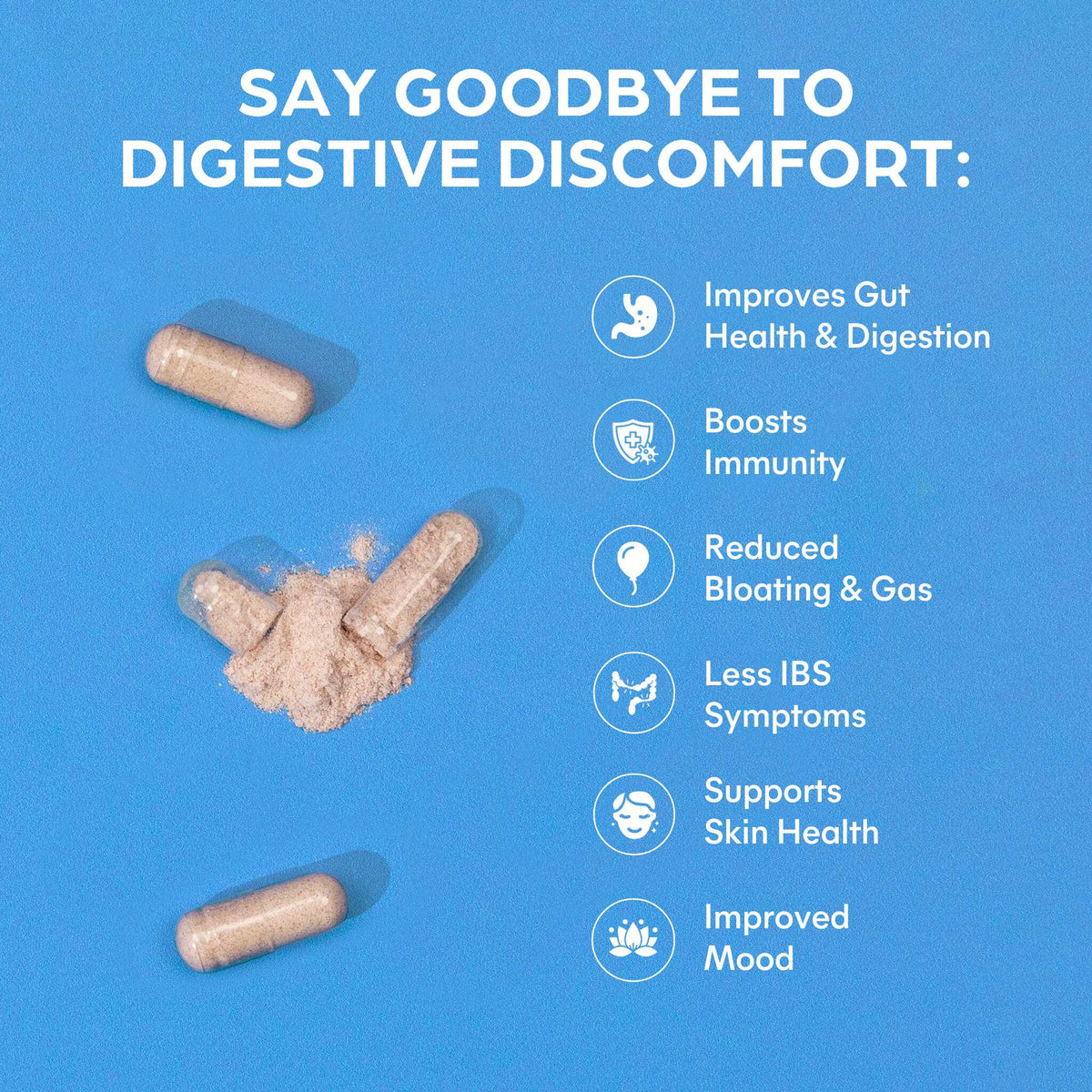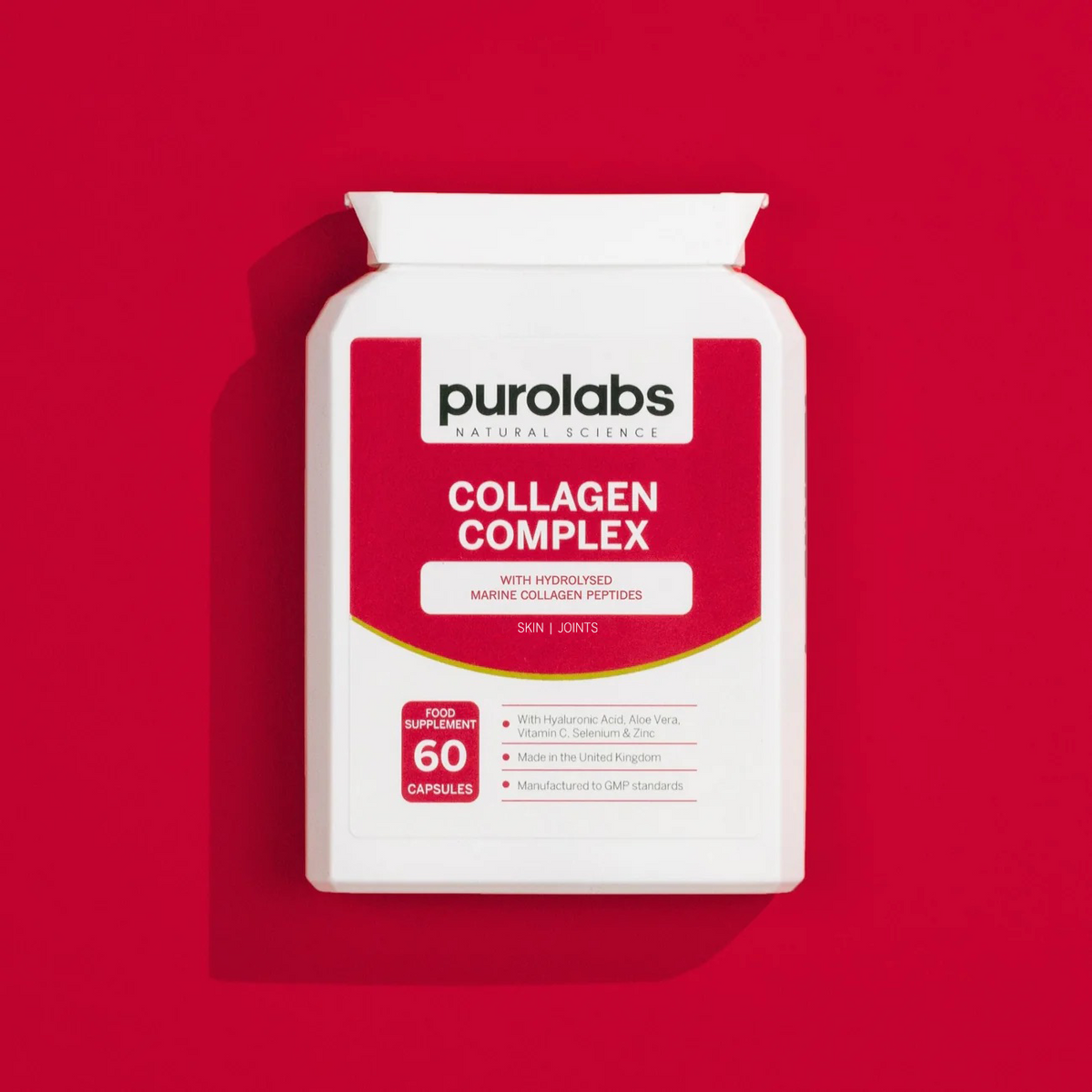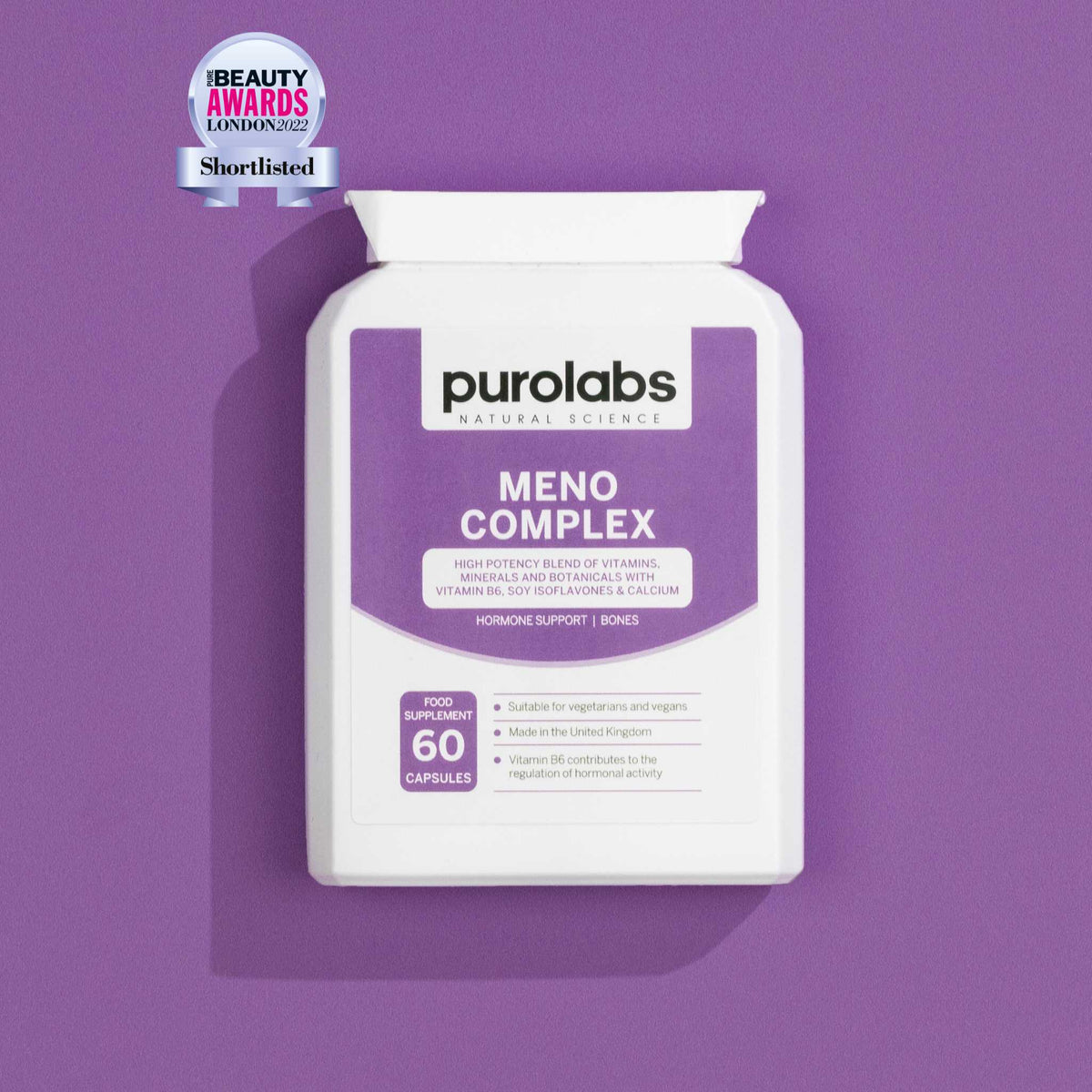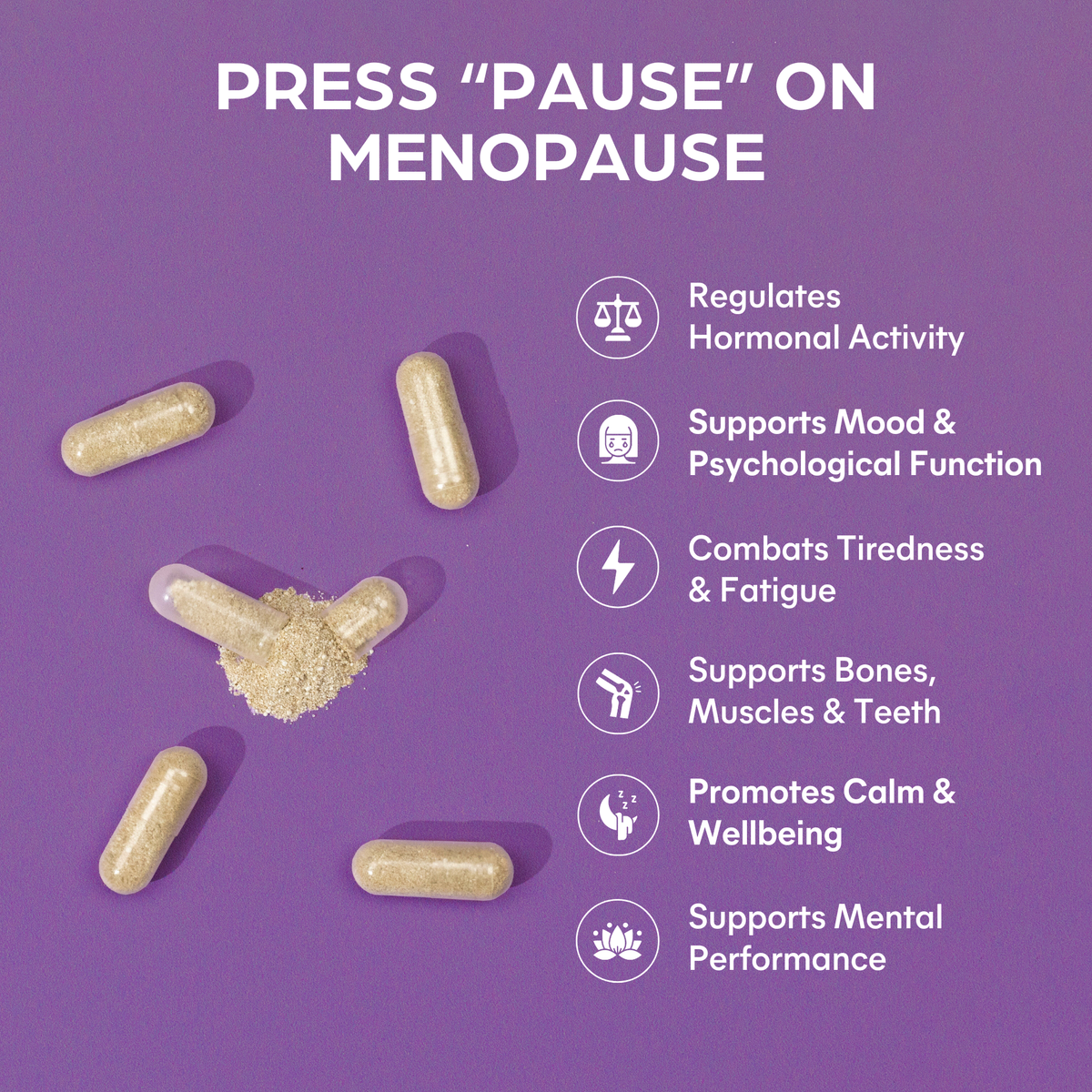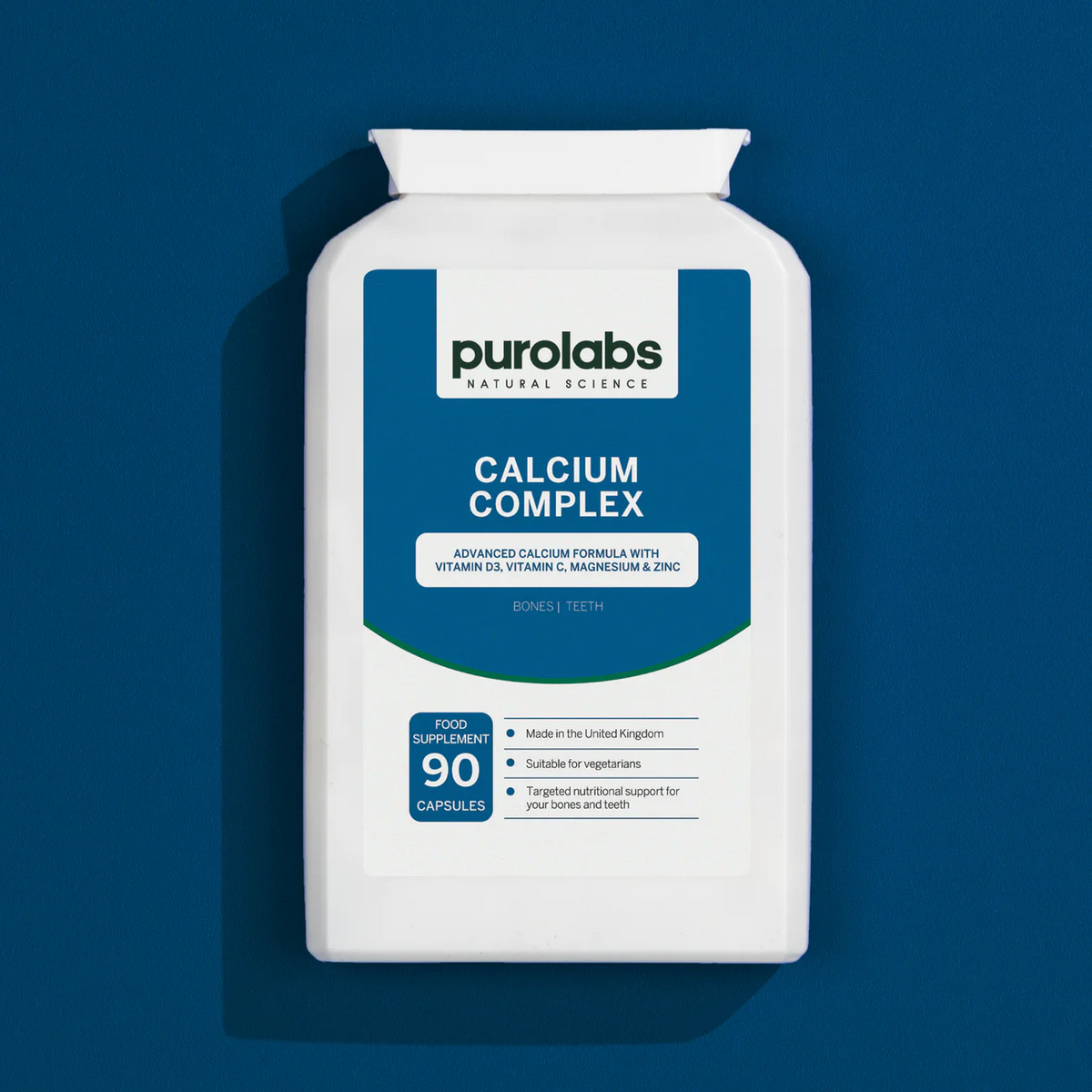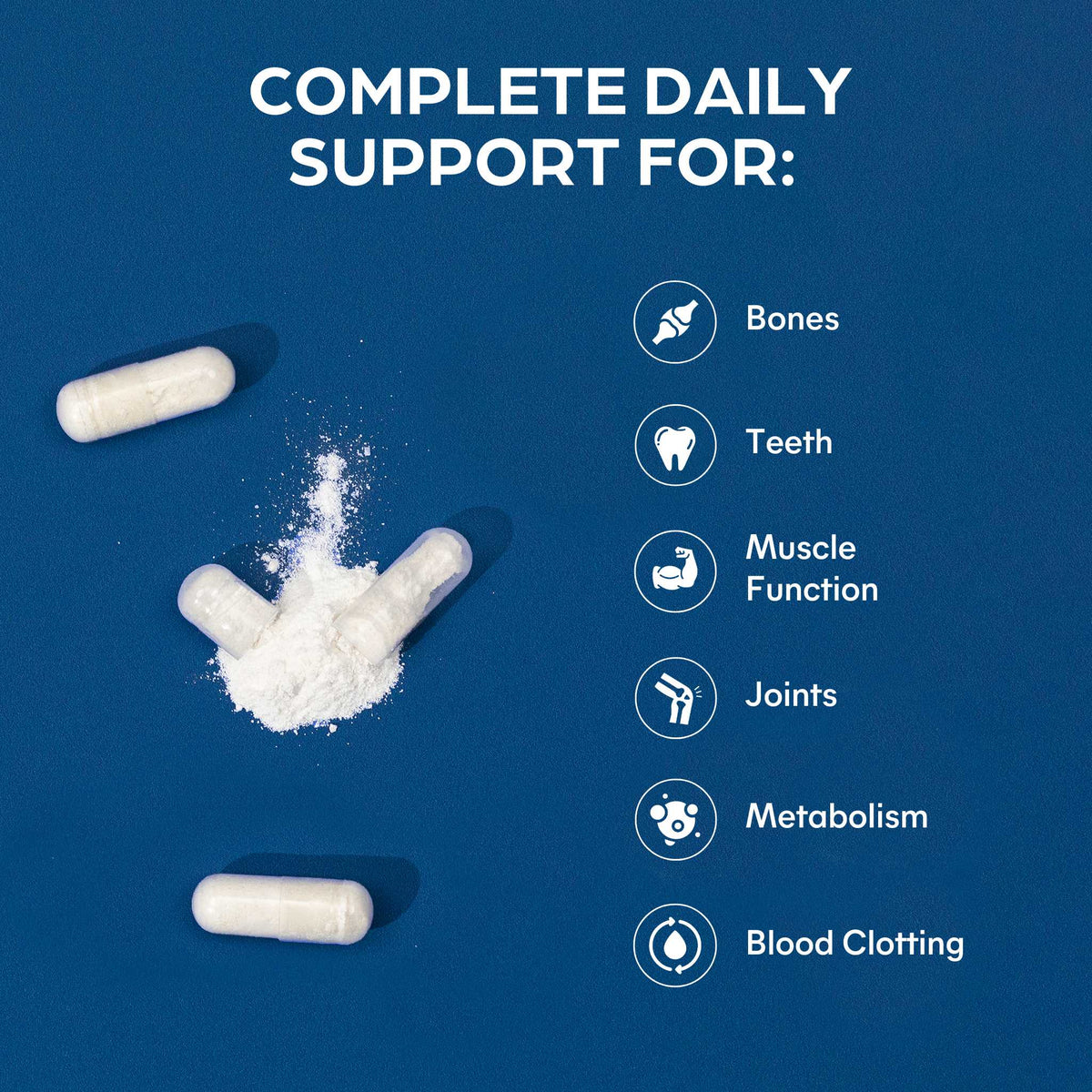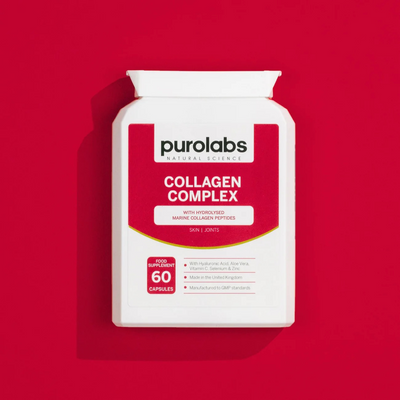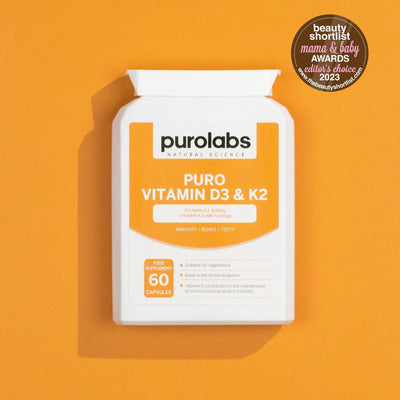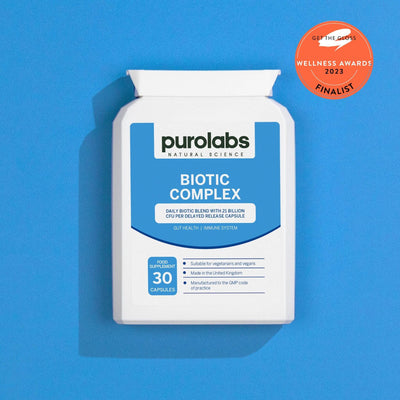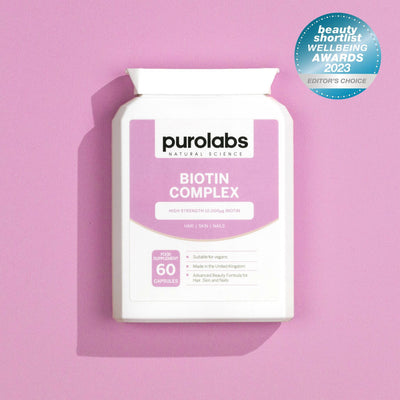Mass production of ultra-processed foods can be dated as far back as the 1970s and has led to a growing increase in daily consumption of convenient pre-packaged foods1.
There is a direct link between the growing increase in processed food intake and chronic health conditions, with diabetes, heart disease and obesity becoming leading risk factors for all-cause mortality2.
Sadly, chronic disease like obesity and type 2 diabetes are also on the rise in children, with cases rising by 50% in the last five years due to an increase in sugar-filled carbonated drinks and confectionery intake3.
What Are Ultra-Processed Foods?
The term ‘ultra-processed foods’ or UPFs as they’re more commonly known, originates from the NOVA food classification system4.
This system assesses food items based on the industrial intervention required to produce the food/beverage, and places each food item into four categories:
Group one: Foods that undergo minimal processing and are sold in their natural state. These foods do not change in appearance when they are sold to the consumer. We more commonly call this group of foods wholefoods.
Group two: Processed culinary ingredients. This subset of foods has undergone simple processing, i.e. have been processed with minimal chemical intervention and are generally used in everyday home cooking. A great example in this group of foods is extra virgin olive oil.
Group three: Processed foods. Industrialisation is used with these food items i.e. canning and bottling to preserve quality and enhance palatability. Canned tomato soup is a common example for this group of foods.
Group four: Ultra-processed foods. This group of foods have been chemically altered and generally mass-produced to improve taste, appearance, make the manufacturing process cheaper and to also improve shelf life. This group of foods will contain high levels of sodium, sugar and hydrogenated fats to appeal to the consumer.
A great way to spot whether you are consuming a UPF is to read the label. Does it contain a long list of ingredients, with some ingredients representing code for example an E number (E 385) instead of a natural food item? If you do not recognise ingredients on the label, then chances are you are about to consume a UPF5.
Why Are We Eating More Than Ever?
UPF production can be seen as far back as 1970’s, with commercials for SPAM and the opening of MacDonald’s, which was set to inspire the global takeover of fast-food restaurants. At the time, UPFs were viewed as a convenient alternative for busy mums who were entering the workforce in higher numbers to be able to work and put food on the table.
UPFs were certainly not an everyday part of the average family diet and were seen as an occasional treat. Fast forward to today, with UPFs now accounting for more than half of total calories eaten in the UK and US, with more countries closely catching up6.
The growing pressures of modern living can be one of the attributing factors for the increase in UPF consumption. UPFs are convenient, cheap and tasty and juggling the many daily demands of everyday living can be made ‘simpler’ by eating deliciously addictive food which takes minimal to no time to prepare.
UPFs are also heavily marketed by the food industry, through advertising, celebrity brand deals and social media making them accessible, appealing and easy to consume.
Dangers Of Ultra-Processed Foods
Whilst it’s relatively well known that UPFs are bad for us, a rise in the ‘healthy alternatives’ market can be misleading for consumers, who believe, through clever advertising, that they are making the healthier choice.
Low fat options are a great example of how the food industry can manipulate foods to appear healthy. When a food item is manufactured to develop a low-fat version, the loss in taste must be accounted for. Sugar is commonly a replacement for fat, therefore allowing claims for ‘low fat’ products to be marketed as healthier than their full fat counterparts.
The rise in vegan alternative food products is also cause for concern. Vegan alternatives to dairy and meat items are commonly much higher in sodium, whilst containing added preservatives, flavourings and textures to mimic animal foods. Studies show that vegan UPFs are more detrimental to heart health than natural plant wholefoods7.
Most Common UPFs
Today, UPFs are found in almost every supermarket and food outlet. However, the most common UPFs are:
- Takeaway/fast food
- Frozen/microwave dinners and ready meals
- Cakes, ice-cream, biscuits, pastries
- Crisps
- Breakfast cereals
- Processed meats: hotdogs, burgers, cold cuts
- Soda and carbonated drinks
Health Risks
Foods that are labelled as UPFs contain ingredients that aren’t commonly recognised in nature. They are mass produced and chemically altered with preservatives, colors, emulsifiers and additives. UPFs also tend to be lower in fibre and nutrients leading to an increased risk of various health conditions.
As UPFs are generally more calorific, higher in fat, sugar and sodium; overconsumption is more likely, potentially leading to an increasing risk of obesity when eaten regularly.
The AFMC states that regular consumption of UPFs can lead to obesity, type 2 diabetes, cardiometabolic disorders as well as mental health disorders8.
There is also evidence to associate a link between chronic gut conditions and regular intake of UPFs, including inflammatory bowel disease, colorectal cancer and IBS9.
How To Eat Less UPFs
Here are a few simple but effective tips to reduce your UPF intake:
- Cook at home as often as you can. Batch cooking is a great way to ensure that you have meals pre-prepared and waiting at home for you after a long day
- Buying as many foods in their natural state as you can
- Making condiments and sauces from scratch when you can (and freezing extra portions to save time)
- Reading labels. Knowing what’s in your food can empower you to make different choices
- Instead of opting for takeaways, sign up to a food subscription like Gusto or HelloFresh and experiment with cooking new and exciting meals.
If you have the space and time, growing your own food is a fantastic way to reduce your UPF consumption and to reduce your exposure to chemicals used in mass food production. Chances are that modern living, family and work responsibilities leaves you with little time to grow your own food. However, small swaps such as having a herb patch in your kitchen or growing potatoes in buckets in your garden is a small but empowering way to increase wholefood intake.
It is also important to note that due to the way our food industry operates, it is incredibly difficult to completely remove UPFs from your diet. Whilst regular UPF consumption is linked to a number of health conditions, it can be utilised in small amounts as a convenient way for us to manage hectic lifestyles whilst prioritising eating healthy.
Aim to make UPFs account for 5-10% of your daily dietary intake, to make a sustainable and manageable switch.



